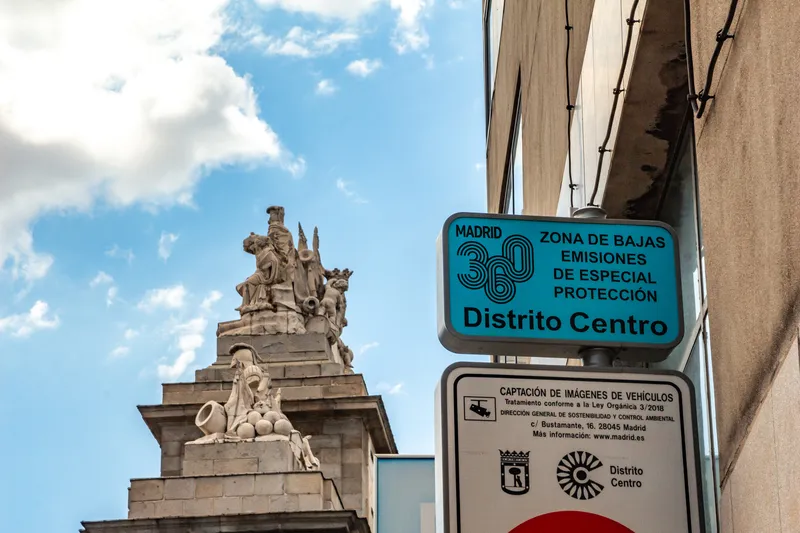An extra 30,000 residents will be cycling in UK city Liverpool over the next three years according to city council projections, as authorities make cycling easier and more convenient in the city.
The city's strategy, titled the Liverpool Cycling Revolution, includes targets of getting 15 per cent of the city's population to cycle at least once a month, and ten per cent to cycle every week. As well as the positive impacts on residents' health, the strategy is expected to help the city reach its goal of cu
June 5, 2014
Read time: 2 mins
An extra 30,000 residents will be cycling in UK city Liverpool over the next three years according to city council projections, as authorities make cycling easier and more convenient in the city.
The city's strategy, titled the Liverpool Cycling Revolution, includes targets of getting 15 per cent of the city's population to cycle at least once a month, and ten per cent to cycle every week. As well as the positive impacts on residents' health, the strategy is expected to help the city reach its goal of cutting carbon emissions by 35 per cent by 2024.
In addition to encouraging more people to take up cycling as a means of getting around, Liverpool also plans to develop its cycling network to make it safer. The city will further improve road safety through training and traffic enforcement, and will embed cycling in council policies.
Tim Moore, cabinet member for transport and climate change, said, “We want Liverpool to be the fastest growing city for cycling in the country, with it becoming a popular, mainstream way of travelling. Already we have a record number of people using bicycles and the recent launch of the Citybike hire scheme will increase that figure significantly.”
The city's strategy, titled the Liverpool Cycling Revolution, includes targets of getting 15 per cent of the city's population to cycle at least once a month, and ten per cent to cycle every week. As well as the positive impacts on residents' health, the strategy is expected to help the city reach its goal of cutting carbon emissions by 35 per cent by 2024.
In addition to encouraging more people to take up cycling as a means of getting around, Liverpool also plans to develop its cycling network to make it safer. The city will further improve road safety through training and traffic enforcement, and will embed cycling in council policies.
Tim Moore, cabinet member for transport and climate change, said, “We want Liverpool to be the fastest growing city for cycling in the country, with it becoming a popular, mainstream way of travelling. Already we have a record number of people using bicycles and the recent launch of the Citybike hire scheme will increase that figure significantly.”









